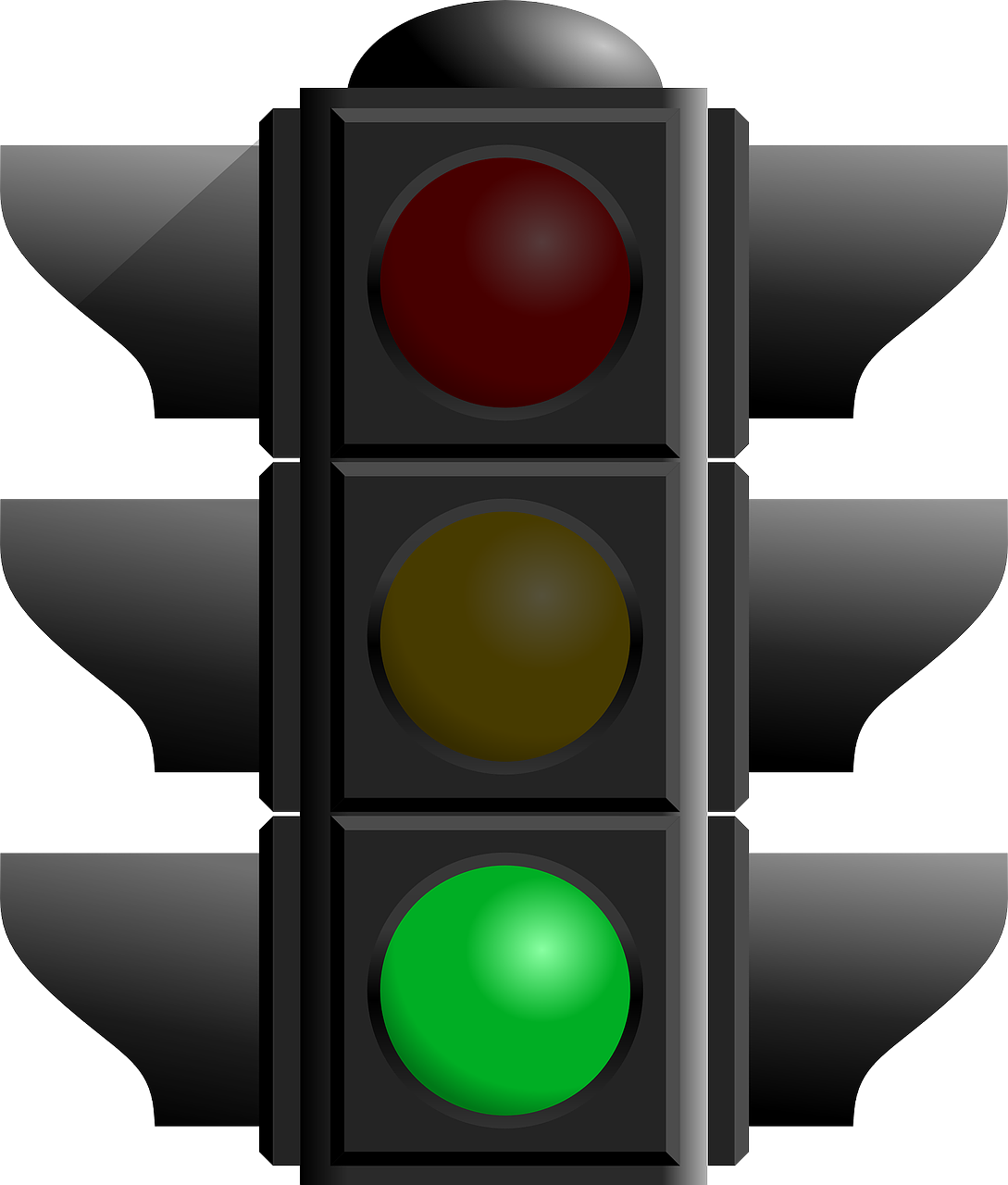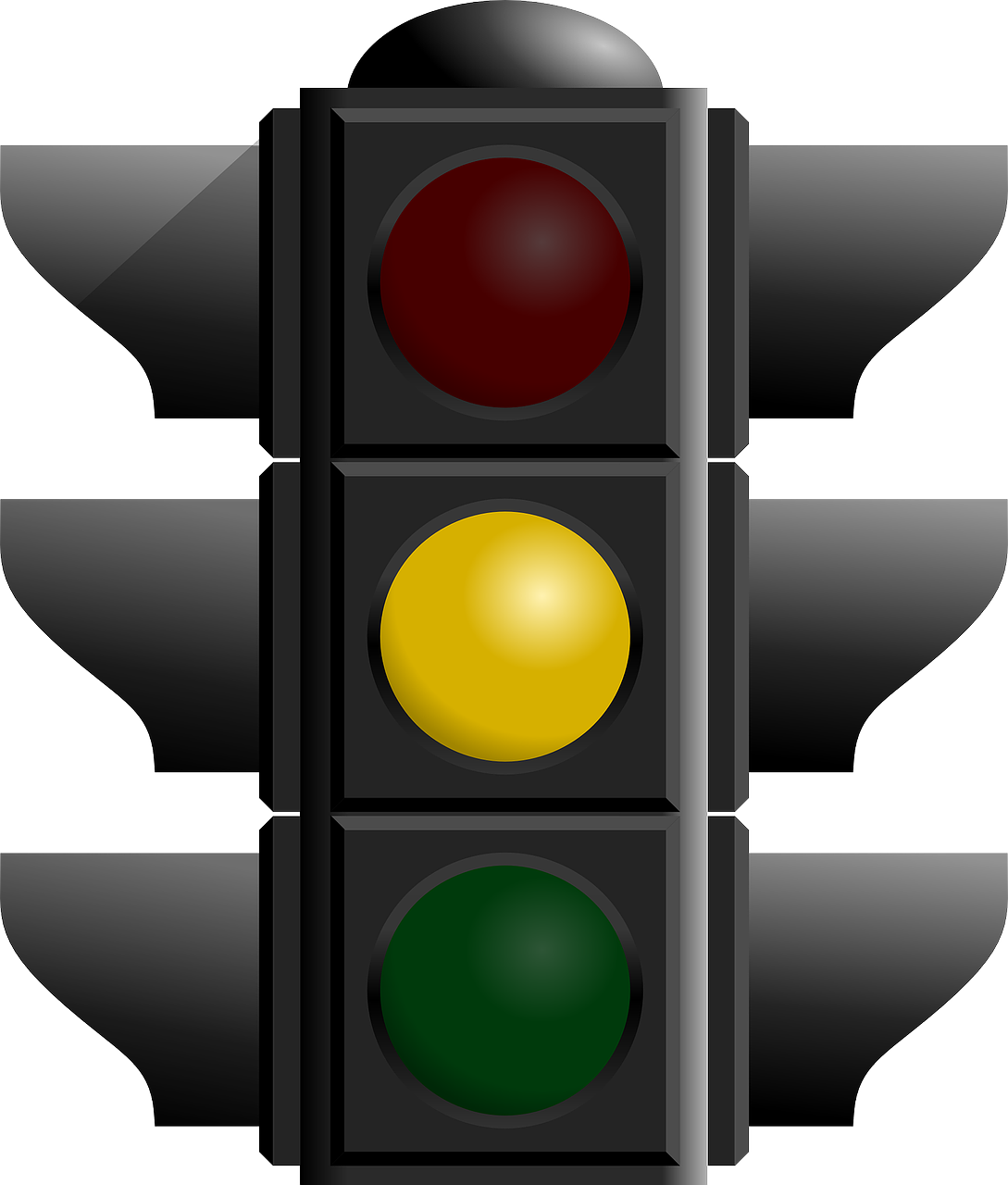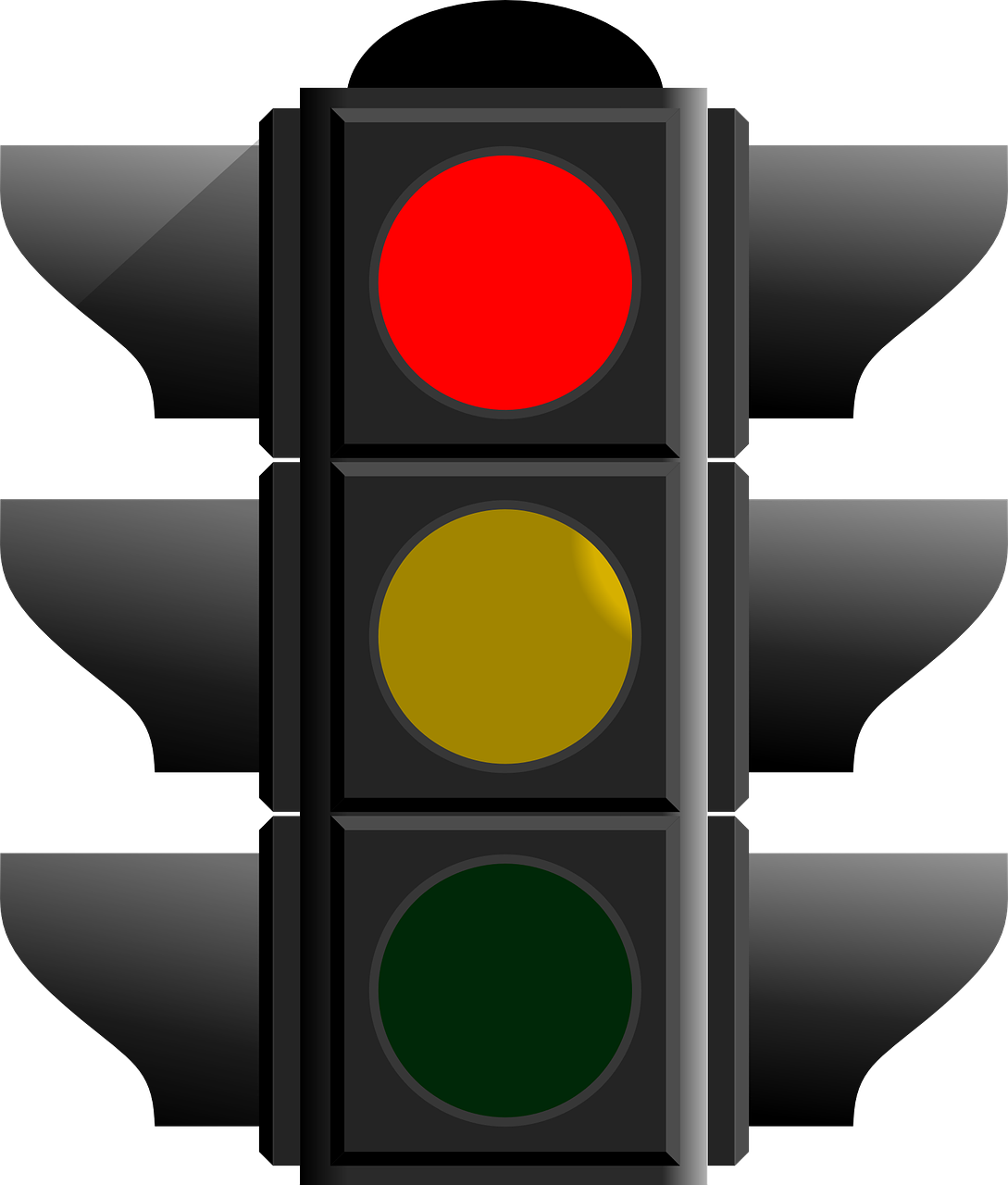Any journey is filled with guideposts to get you from point A to point B successfully. For instance, traffic lights direct drivers to move ahead, proceed with caution, or hit the brakes. These signals ensure travelers arrive safely at their final destination by guiding them through every juncture along the way.
Project workflows are similar to traffic: If you don’t have clear signals to help monitor your route and surroundings, you may not reach your end goal. As a manager, it’s essential to communicate the state of the work along the project roadmap — also known as the RAG status.
RAG ratings appropriate the stop light’s familiar red, amber, and green colors to succinctly communicate a project’s footing to stakeholders. It indicates whether the work is progressing smoothly or experiencing issues that require attention. This is a simple, effective tool you can implement into your project management communication plan to drive performance and deliver immediate benefits.
What’s a RAG status?
RAG in project management refers to the colors red, amber, and green, visually representing an initiative’s current status. The rating indicators are a short-hand form of communication that provides insight into a project’s status and makes it easy to identify work at risk. The colors represent the following:
- Green: The project is progressing well and is on track for delivery without delay.
- Amber: The project team has missed some targets, but delivery and budget aren’t at risk.
- Red: Project delivery will likely be late or over budget.
Some organizations include a blue status, which indicates a closed project, expanding the acronym to BRAG. Others swap out amber with yellow, referring instead to an RYG report, or they eliminate colors altogether, opting for happy/impassive/sad faces.
Whatever visual representation you use, a RAG status indicates whether the project is going well or requires escalating levels of management intervention to keep the wheels from falling off.
RAG status indicators and actions
RAG status meanings differ from company to company, but the general definitions for each color are consistent. The following chart defines how to respond to each color’s status.
1. Green
| RAG status | Status indicator | Actions |
|---|---|---|

|
A green status lets everyone know that the project is proceeding according to plan.
|
No action is required on the part of senior management. The project manager can continue as planned, provided the underlying data supports the green designation. |
(Image source: Pixabay)
2. Amber
| RAG status | Status indicator | Actions |
|---|---|---|

|
An amber color means there are issues leaders must address before these roadblocks place the entire project at risk.
|
Senior management should monitor the situation and support the project management team to prevent the status from evolving from amber to red. |
(Image source: Pixabay)
3. Red
| RAG status | Status indicator | Actions |
|---|---|---|

|
A red RAG status denotes an emergency requiring the project manager to escalate issues to senior management.
|
Senior management must work with the project team to identify a red status’s root causes. They must implement corrective measures to prevent failure and minimize damage to the organization. |
(Image source: Pixabay)
How to choose project RAG status
While seemingly straightforward, implementing RAG status reporting requires setting specific standards beforehand to ensure consistent use. Stakeholders need to trust that the RAG status accurately represents progress, so communicate with the organization’s Project Management Office (PMO) to establish or familiarize yourself with conditions that justify each indicator’s use.
Here are some steps to take before incorporating RAG reporting into your protocols.
1. Establish criteria for status definitions
Working with the PMO, determine which areas you’ll report on. You might include:
- Project schedule
- Scope
- Budget
- Results
- Overall project status
Then, objectively decide which criteria characterize a green, amber, or red status, ensuring the definition is easy for stakeholders to understand.
2. Document outcomes
Record and communicate RAG definitions and criteria to team members and upper management to ensure common understanding. For example, you could provide stakeholders with a chart like the following.
| Project schedule | Project meets timelines | |
|---|---|---|
| Delay of up to 20 days | ||
| Delay longer than 20 days | ||
| Scope | Scope aligns with the project plan | |
| Possible adjustments project managers can address via change management | ||
| Significant change in scope impacting budget and schedule | ||
| Budget | Project is on budget | |
| Likely to encounter cost overruns of up to 10% | ||
| Likely to overspend by above 10% | ||
| Results | On track to deliver expected outcomes | |
| Likely to see a decrease in ROI of up to 10% | ||
| Very likely to see more than a 10% decrease in ROI |
3. Review submissions
The PMO will review status submissions to evaluate whether RAG reports reflect each project’s actual status. They’ll then ensure the team consistently applies the proper statuses at each project stage.
4. Take a granular approach
Sometimes, color doesn’t provide enough context, leaving stakeholders with more questions than answers. For example, it’s possible to resolve one issue while the overall project rating remains in the red. In that case, you can define a spectrum of ratings to show how the work is progressing, such as:
Green 1, Amber 2, Amber 3, Red 4, Red 5
If your project moves from Red 5 down to Red 4, the updated status will reflect the change. Whatever method you choose, be sure to avoid confusion by remaining consistent in your status representations.
RAG reporting disadvantages
RAG reporting can be subjective, based on factors like individual tolerance for risk and assurance in one’s abilities. Subjectivity can lead to inaccurate reports and unpleasant surprises for stakeholders. Other disadvantages include:
- A less transparent culture: Some corporate environments are error-averse, not treating mistakes as the learning opportunities they are. If a project manager fears a miscalculation’s consequences, they’re less likely to report statuses honestly.
- Inaccuracy: When defining a status, you depend on accurate project information. You could face work delays if you receive inaccurate updates, causing simple problems to escalate to potential catastrophes.
- Management interference: Upper management must feel confident that the reports are accurate. If they think otherwise, they may overstep and interfere with project progress rather than productively assisting the team. This can lead to confusion and frustration among team members.
Streamline status reporting with Tempo Strategic Roadmaps
Monitor project progress using an easy-to-read roadmap created by Tempo’s Strategic Roadmaps software. Strategic Roadmaps integrates into your project management tool to illustrate project plans and help conceptualize timelines, milestones, and deadlines, streamlining your reporting.
Add the power of Custom Charts, a data visualization tool, to assess progress, identify roadblocks, and confidently report on the state of your project at every stage.









